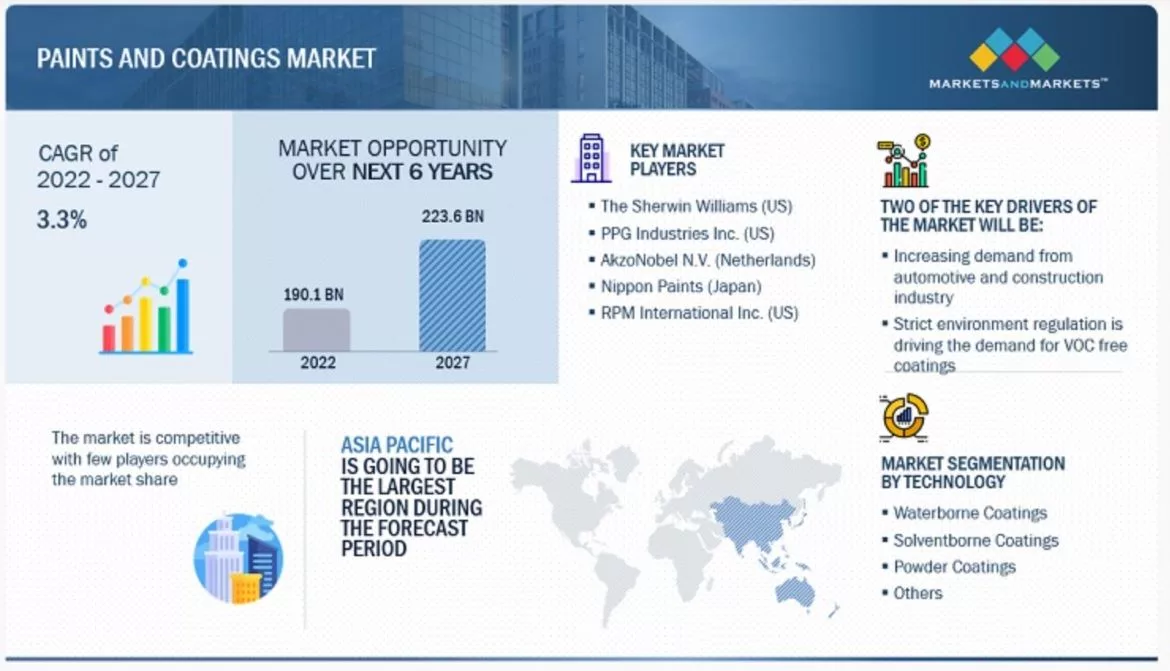New Coatings Market Report Highlights Areas of Opportunity

Image courtesy of MarketsandMarkets.
|
Looking for a reprint of this article?
From high-res PDFs to custom plaques, order your copy today!

Image courtesy of MarketsandMarkets.
|
Looking for a reprint of this article?
From high-res PDFs to custom plaques, order your copy today!
Copyright ©2026. All Rights Reserved BNP Media.
Design, CMS, Hosting & Web Development :: ePublishing